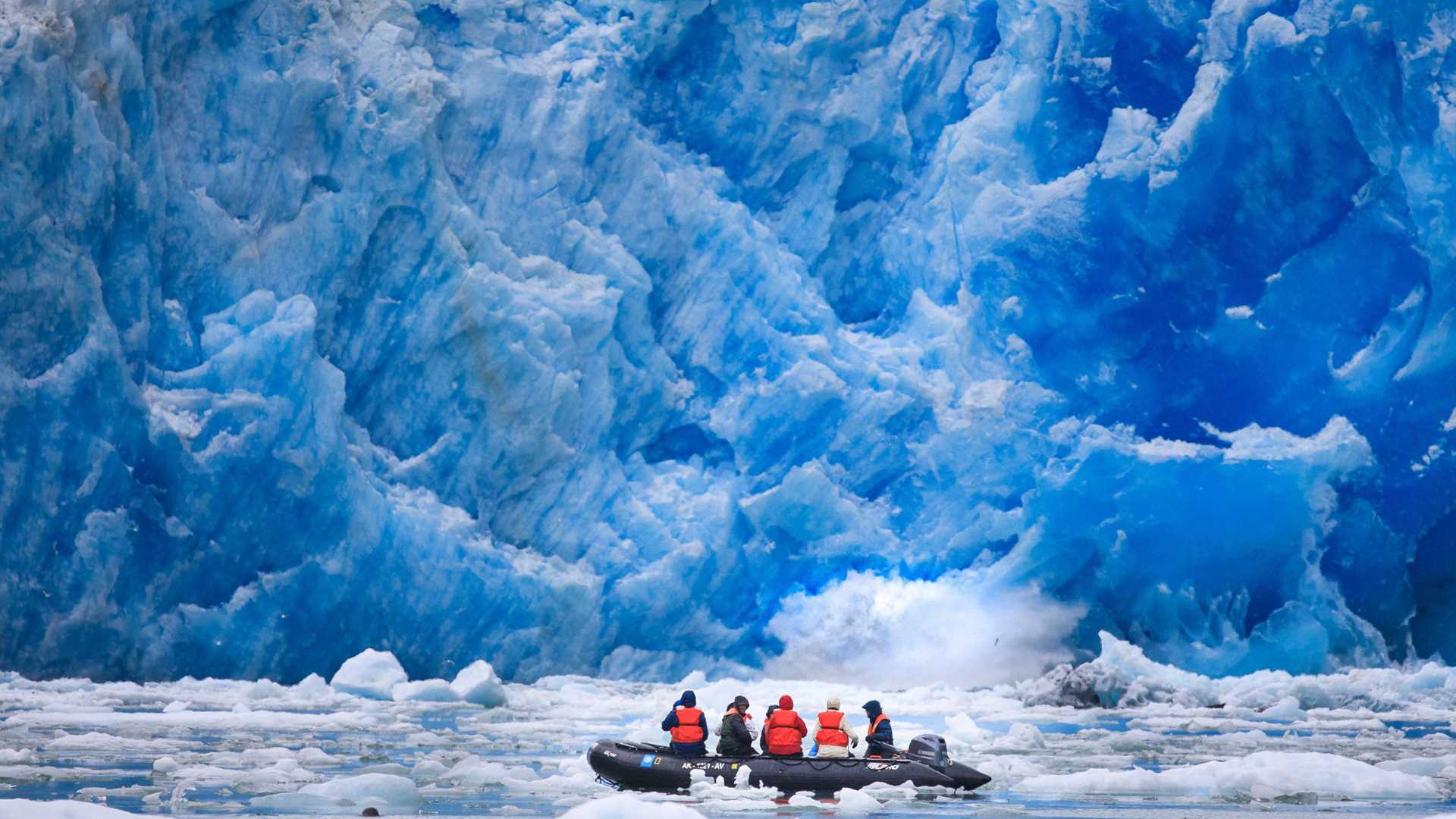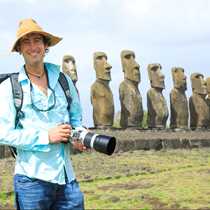We spent the day in the cool embrace of the coastal temperate rain forest. We began our exploration in the misty forest of the lower bay and traveled back in time with the calving face of Sawyer Glacier, where there hasn’t been enough time for a forest to grow.
9/4/2023
Read
National Geographic Sea Bird
Saook Bay and Lake Eva
This morning we woke in Saook Bay with beautifully calm overcast conditions, mist on the mountains, and an intermittent sprinkling of rain. Three brown bears were spotted onshore from the ship’s bow before 7 a.m. by our early-rising naturalist. Several guests joined the early morning observations, while others joined the stretch class with our wellness specialist. After breakfast, kayakers and paddleboarders took to Saook Bay for a peaceful paddle. Global Explorers had a special shore expedition to experience the intertidal zone, where they learned to make kelp horns and rattles. Then we ramped up the energy for both participants and spectators during our exciting Polar Plunge into the cold Southeast Alaskan waters. With everyone back on board to enjoy conversations over lunch, we sailed to a small bay for an afternoon of hiking on the trailhead to Lake Eva. Hiking in the temperate rainforest after this morning’s light rain provided many photo opportunities of water droplets on leaves and moss, fabulous fungi, and vibrant berries. One highlight for everyone on the trail was seeing a mama brown bear with her young cub in the creek. She was catching pink salmon and sharing it with her cub. We even saw them both take short swims. With the excitement of this sighting still fresh on our minds, we then watched a cluster of humpback whales spout and fluke as we approached the fantail of National Geographic Sea Bird. A short while later these same whales began bubble-net and lunge feeding! Wow! There’s just so much to experience here in Southeast Alaska.







